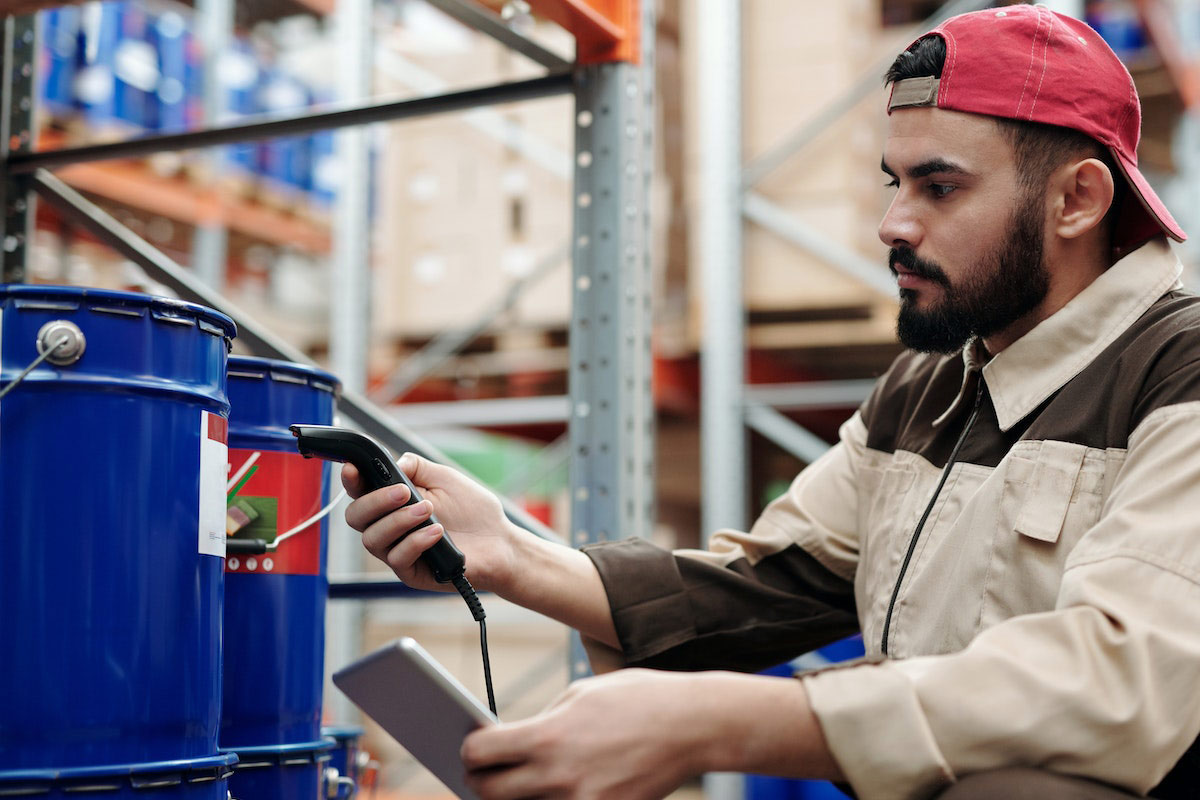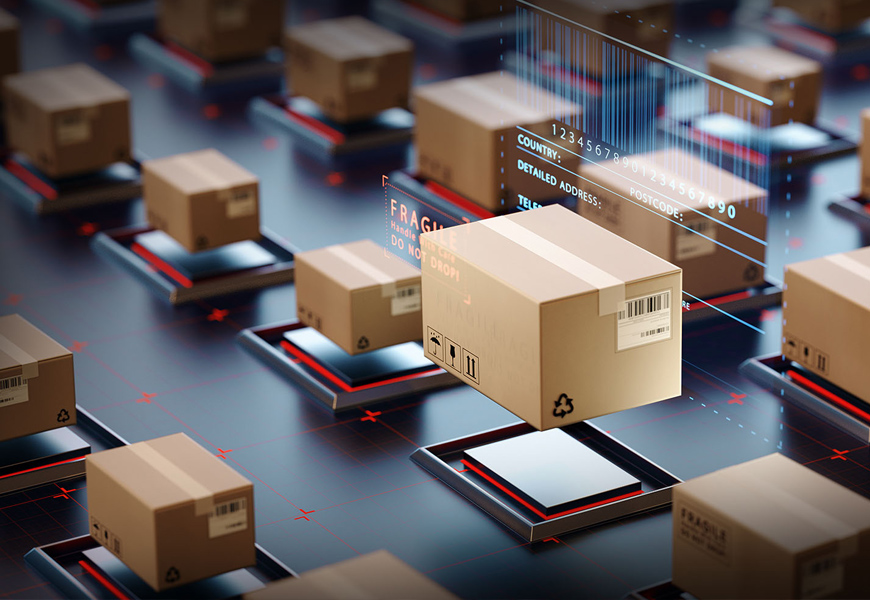
As climate concerns intensify and regulations tighten globally, businesses are under growing pressure to reduce their carbon footprint. The logistics sector—central to global commerce—is a key area where significant sustainability gains can be made. For companies striving to align with green goals, transitioning to sustainable logistics is no longer optional; it’s a strategic imperative. But the path forward can be complex. This article explores how companies can successfully navigate their green transition in logistics with the right mindset, tools, and partnerships.
Why Logistics Matters in Sustainability
Logistics operations contribute significantly to global greenhouse gas emissions, particularly through transportation, warehousing, and packaging. According to the International Energy Agency, the transport sector accounts for about 24% of global CO₂ emissions, with freight transport representing a substantial portion of that. This presents both a challenge and an opportunity: by rethinking logistics, companies can dramatically reduce their environmental impact while also unlocking operational efficiencies.
Key Strategies for a Greener Logistics Operation
1. Route Optimization & Smart Transportation
Intelligent route planning can minimize fuel usage and emissions. Leveraging AI-driven logistics platforms helps companies optimize delivery routes in real time, reduce empty miles, and improve delivery efficiency.
2. Transitioning to Electric and Alternative Fuel Vehicles
Electrification of fleets is a powerful way to cut emissions. Companies are increasingly exploring electric trucks, hydrogen-powered vehicles, and even cargo bikes in urban settings. While the initial investment may be high, government incentives and falling battery costs are making this option more accessible.
3. Sustainable Warehousing
Green warehouses are designed for energy efficiency, using LED lighting, solar panels, and smart climate control. Additionally, location matters—placing warehouses closer to demand centers can reduce long-haul transportation needs.
4. Eco-Friendly Packaging
Sustainable logistics also means reducing waste. Companies are adopting biodegradable, recyclable, or reusable packaging. Minimizing package size also helps reduce the volume of transported goods, contributing to fuel savings.
5. Data-Driven Emissions Tracking
Advanced logistics software now offers end-to-end carbon tracking, enabling companies to measure, report, and reduce their carbon emissions. This is crucial for meeting ESG reporting standards and building trust with consumers and investors.
Supporting the Transition: How Service Providers Can Help
Helping companies go green isn’t just about selling a solution—it’s about being a partner in transformation. Here’s how logistics providers and consultants can support the transition:
Customized Roadmaps: Every company has different logistics needs. Tailoring sustainability strategies based on a business’s size, sector, and geographic reach is essential.
Training and Change Management: Sustainable practices require cultural change. Educating teams, from warehouse staff to leadership, ensures long-term adoption.
Collaboration Across the Supply Chain: Encourage collaboration between manufacturers, suppliers, and logistics providers to share sustainability goals and data.
Incentivized Solutions: Provide flexible financing, leasing options, or cost-sharing models to make green technologies and processes more accessible.
The Business Case for Going Green
Sustainability is not just good ethics; it’s smart business. Green logistics can lead to:
Cost savings through energy efficiency and reduced fuel consumption
Brand differentiation in a market that increasingly favors eco-conscious businesses
Compliance with regulations and future-proofing operations
Improved risk management through resilient, transparent supply chains
Conclusion
Helping companies in their green transition in logistics is not about a one-time change—it’s about building a more sustainable future from the ground up. It requires innovation, collaboration, and commitment. As the industry evolves, those who lead in green logistics won’t just help the planet—they’ll redefine the competitive edge in tomorrow’s economy.



